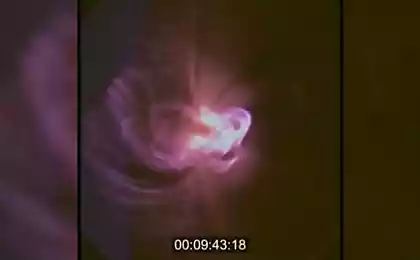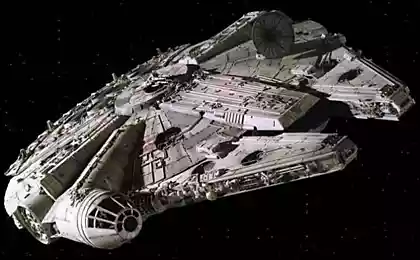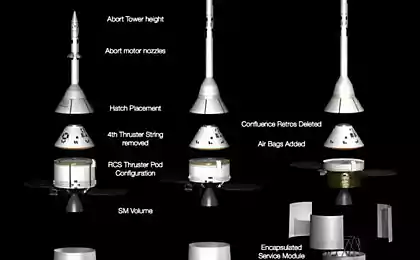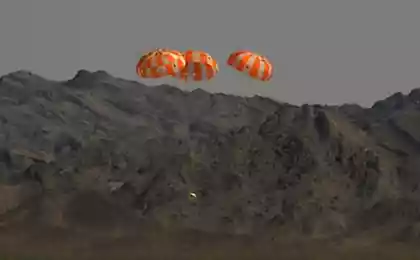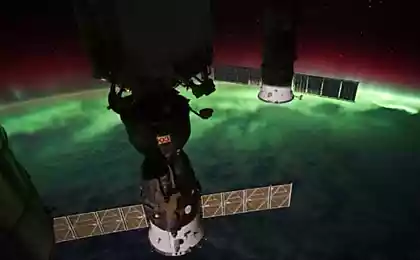1634
Today NASA launches interplanetary spacecraft
While the flight test, but if all goes well, then the US will have a ship that can carry 7 people on the International Space Station or 4 people to the moon and beyond.

A live webcast here and here .
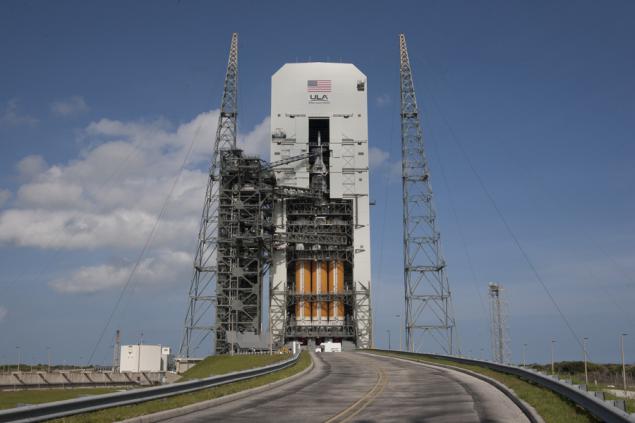

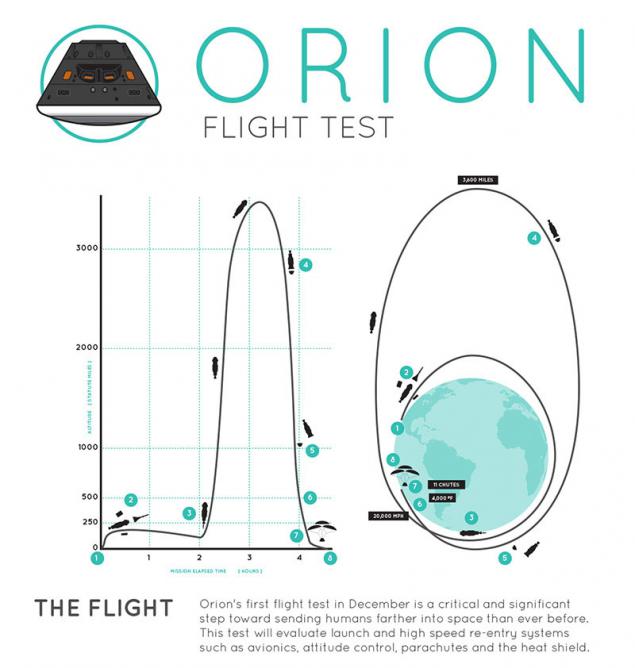
In fairness, I must say that now tested only habitable compartments - the part of the ship, which is designed for the crew. Service Module - the part where will all service systems, fuel tanks and propulsion systems - makes the European Space Agency. This part of the ship while in development, but they take as a basis for its freighter ATV, so there should not be delayed work.
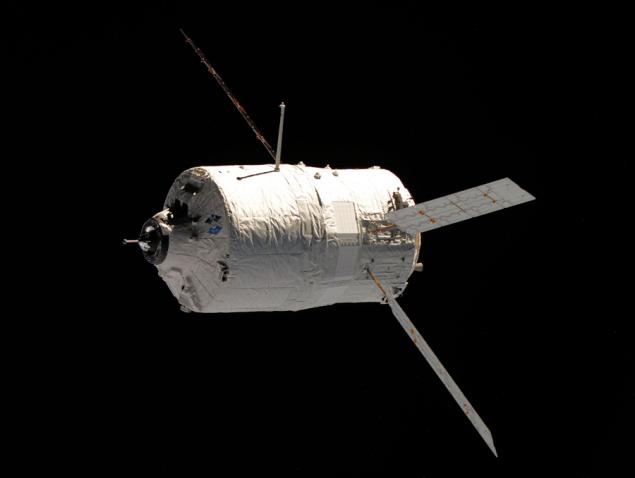
So today is tested the possibility of the ship effectively maintain the necessary conditions for people on board and make a safe landing. The second point is important because Orion should be able to sit down with the escape velocity - the one which will have to return to Earth in flying to the moon or asteroids. At the moment, none of this ship can not, as flights to the ISS does not require such skills. In principle, the Russian "Soyuz" could repeat the trick, but it will require a modification of lunar improvements.
Return Orion in the Earth's atmosphere will be held at 8, 9 km / s, which is 1 km / s speeds greater return from the ISS, but it's about 80% of the rate of return from the moon.
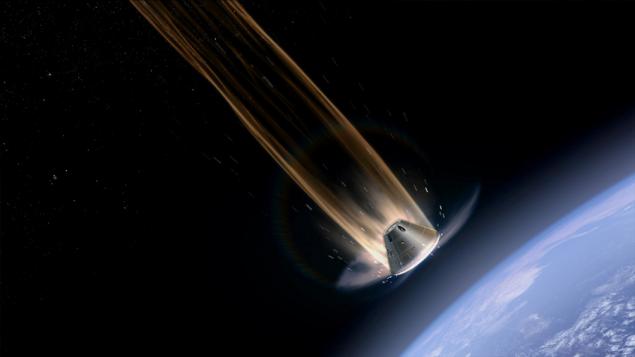
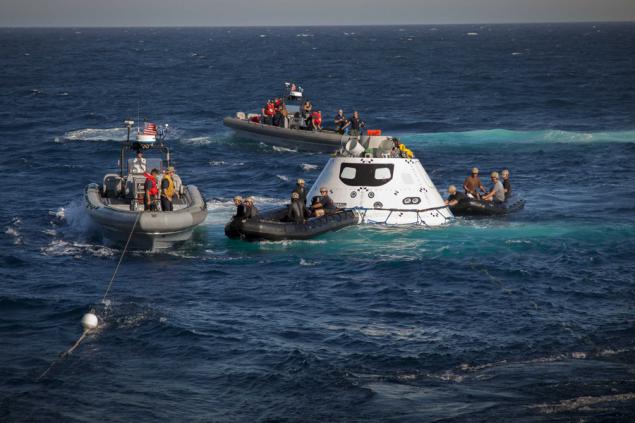
Flight altitude will be 5800 km - is ten times more than any flight of the spacecraft since 1972, but the moon is still far away. But Orion gets into the first radiation belt, and instruments on board the ship will be able to show how well it protects the lining of the flow of ionized protons near Earth's radiation belt.

Today's flight will take Orion 4:00 28 minutes. Start until appointed to 15:05 Moscow time.

NASA this ship is positioned as a "fly to the moon and beyond", referring to Mars, but to go fly this ship a little. Chances are, if a flight does take place in the coming decades, will fly to Mars some part construction of accommodation and service bays, and Orion will be used to arrive at this station. Upon completion of the mission, the ship will be able to bring people back to Earth.
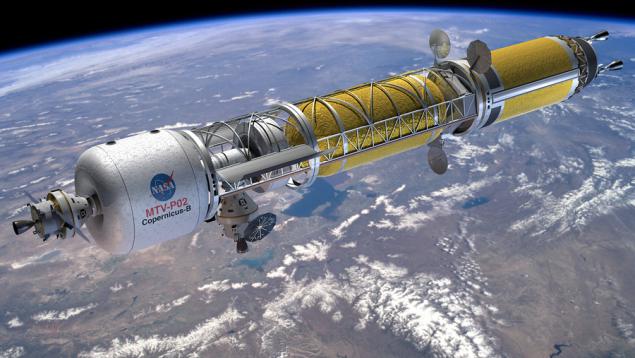
In today's flight of Orion spacecraft sent to heavy rocket Delta-IV, but it would not be enough for a lunar mission.
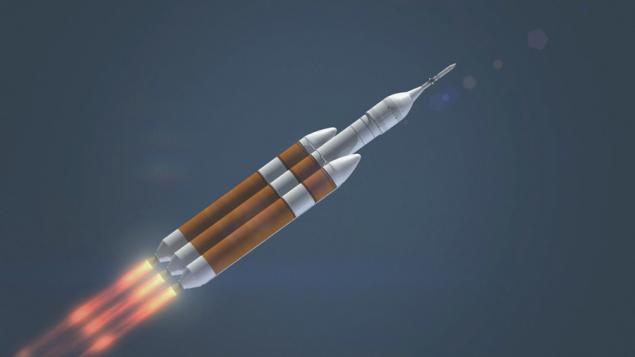
For more distant and ambitious missions NASA is developing extra heavy rocket Space Launch System. Its starting to wait a few more years.
Source: geektimes.ru/post/242416/

A live webcast here and here .



In fairness, I must say that now tested only habitable compartments - the part of the ship, which is designed for the crew. Service Module - the part where will all service systems, fuel tanks and propulsion systems - makes the European Space Agency. This part of the ship while in development, but they take as a basis for its freighter ATV, so there should not be delayed work.

So today is tested the possibility of the ship effectively maintain the necessary conditions for people on board and make a safe landing. The second point is important because Orion should be able to sit down with the escape velocity - the one which will have to return to Earth in flying to the moon or asteroids. At the moment, none of this ship can not, as flights to the ISS does not require such skills. In principle, the Russian "Soyuz" could repeat the trick, but it will require a modification of lunar improvements.
Return Orion in the Earth's atmosphere will be held at 8, 9 km / s, which is 1 km / s speeds greater return from the ISS, but it's about 80% of the rate of return from the moon.


Flight altitude will be 5800 km - is ten times more than any flight of the spacecraft since 1972, but the moon is still far away. But Orion gets into the first radiation belt, and instruments on board the ship will be able to show how well it protects the lining of the flow of ionized protons near Earth's radiation belt.

Today's flight will take Orion 4:00 28 minutes. Start until appointed to 15:05 Moscow time.

NASA this ship is positioned as a "fly to the moon and beyond", referring to Mars, but to go fly this ship a little. Chances are, if a flight does take place in the coming decades, will fly to Mars some part construction of accommodation and service bays, and Orion will be used to arrive at this station. Upon completion of the mission, the ship will be able to bring people back to Earth.

In today's flight of Orion spacecraft sent to heavy rocket Delta-IV, but it would not be enough for a lunar mission.

For more distant and ambitious missions NASA is developing extra heavy rocket Space Launch System. Its starting to wait a few more years.
Source: geektimes.ru/post/242416/



